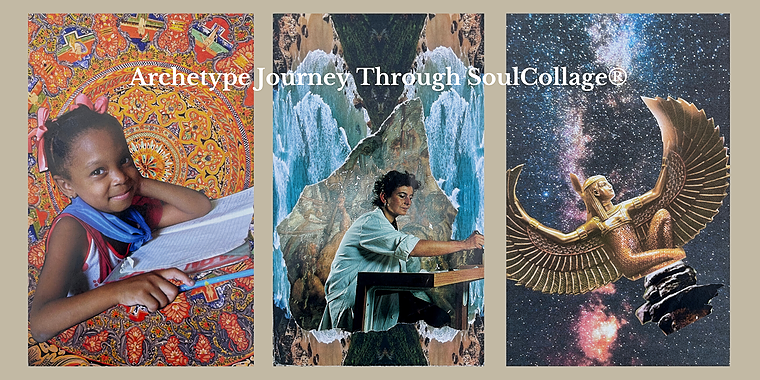The healer archetype is a universal symbol that represents the act of healing and the desire to serve others. Healers come in many forms, such as nurses, shamans, caregivers, therapists, and more. These individuals have the ability to channel energy and provide restorative change regarding body, mind and spirt for those in need.
The origins of the healer archetype can be traced back to the earliest societies, where shamans and witches would use their connection to the natural world to find tools and information for healing. In not-so-distant times, the role of the healer was taken on by priests and midwives. Most recently, doctors, medical professionals and the healing arts are routine.
One important aspect of the healer archetype is the concept of the “wounded healer.”
This term comes from the Greek myth of Chiron, who was a centaur (half man half horse) who served as a healer but was also wounded himself. The idea behind the wounded healer is that the forces that cause one to take on the path of healer must also have a transformative quality. This can be seen in the example of the founder of Alcoholics Anonymous, who used his own experiences with addiction to help others overcome their own struggles.
Intuitive healers operate from a different dimension and use their sixth sense to understand the wounds of those they are helping. They tap into the deep mystery to provide healing. This can be seen in practices like chakra healing, energy healing, and the use of crystals, massage, reiki and other modalities. Caroline Myss, author of Anatomy of the Spirit: The Seven Stages of Power and Healing, is a good example.
Caregivers, such as Mother Teresa, are known for their compassion and ability to provide comfort and care to those suffering. Nurses, like the character in the movie Wit played by Emma Thompson exemplifies this type of healer. Caregivers are non judgmental, can tolerate horrific wounds and find great satisfaction in providing care for the sick.
Therapists, like Carl Jung, focus on the integration of the mind and soul in their healing work. Therapists understand that healing physical wounds can occur by addressing mental and emotional issues.
However, the healer archetype also has its shadow side, which can manifest as a lack of self-care, burnout from trying to cure everything and everybody, a need for recognition and admiration, a lack of boundaries, and a feeling of superiority.
The unempowered healer thinks the healing occurs because of her and sees it as personal transmission. The charlatan, or “quack,” is another example of shadow healer because she is not even actually qualified or capable of providing healing.
In order to embody the light side of the healer archetype, one must be humble, take care of themselves, appreciate the mystery of the healing process, provide a safe and supportive environment, be invisible, let go of both the need for control and recognition, and surrender to the process of healing that comes from a higher source. It is important to ask oneself how they can serve as a catalyst, creator, and channel of energy in their role as a healer, and to consider the importance of self-healing and surrender in the transformation process.
To be a healer is to recognize and respond to a calling to serve.
There is no denying the call because it is of a soul’s nature. In the end, healing is not about fixing or curing but about wholeness. The experience of wholeness is available when the wound or pain is either alleviated or there is acceptance that the wound can not healed and the Healer becomes empowered by its lessons.
The enlightened healer knows she is not responsible for the healing and that it is imperson. She is simply the vehicle. Jesus is a great example when he pointed to the power of God in Heaven as the healer.
Rachel Naomi Remen, MD summed up the gifted healer in her quote, “healing may not be so much about getting better as about letting go of everything that isn’t you – all of the expectations, all of the beliefs – and becoming who you are. Not a better you, but ‘realer’ you. People can heal and live, and people can heal and die. Healing is different from curing. Healing is a process we’re all involved in all the time. Healing is the leading forth of wholeness….”


